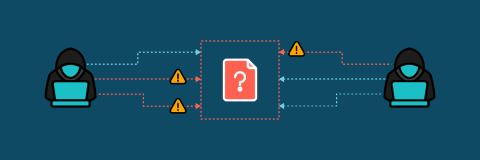Prioritize vulnerability remediation with Datadog SCA
Software Composition Analysis (SCA) is the practice of identifying the open source libraries your code depends on. By using SCA, you can analyze these dependencies and determine whether they are affected by any known vulnerabilities, contain malicious code, introduce licensing risk, or are poorly maintained. SCA helps teams understand their software’s dependencies and the security implications of using them so that they can safely build on and innovate with open source code.











